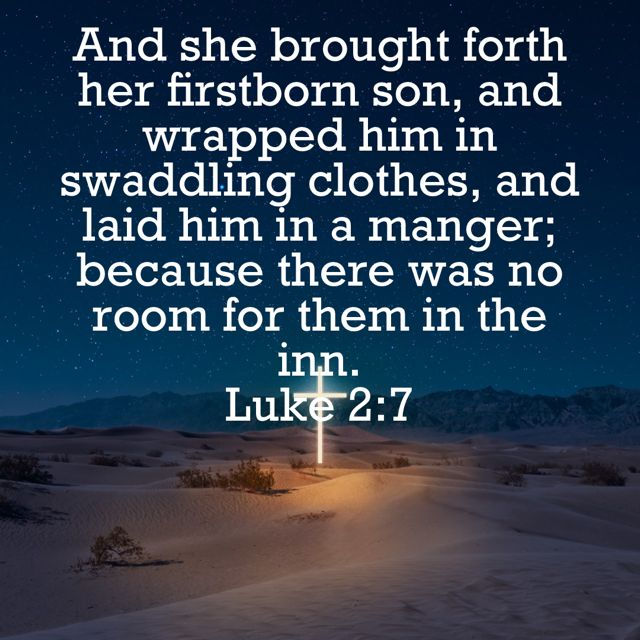The Five Solas of the Reformation
- prcseminary1925
- Oct 31, 2023
- 2 min read

As we celebrate the 506th anniversary of the great Reformation of the sixteenth century on this October 31, Prof. R. Cammenga reminds us of the significance of the solas of this God-centered, Christ-focused, Bible-based, and grace-restored movement.
Back in 2017 he penned an article for a special issue of the Standard Bearer that marked the 500th anniversary of the Reformation. The title was "The Five Solas of the Reformation," and in its he shows how these five truths summarize all that the reform movement stood for and returned the church to.
Below are the opening paragraphs; read the rest at the link provided here.
In the end, one little word divided the churches of the Reformation and the Roman Catholic of the sixteenth century. To borrow Luther’s language in his great Reformation hymn, “one little word felled” the corrupt Roman Catholic institute of his day. That one little word was “only,” or as it is in Latin, sola. The Reformers said “only” or “alone,” while Rome consistently said “and.” The Reformers included the word “only” in especially five important doctrines that they taught. These five statements gradually became known as the “five solas.”
The Reformers said that the authority in the church is sola Scriptura, that is, Scripture alone. Rome said that the authority in the church is Scripture and tradition. The Reformers said that Christ is our only Mediator, solus Christus. Rome said that men have many mediators: Christ and angels, saints, and the Virgin Mary. The Reformers said that we are saved by grace alone, sola gratia. Rome said that we are saved by grace and on account of human merit. The Reformers said that we are saved by faith only, sola fide. Rome said that we are saved by faith and by our own works and free will. The Reformers said soli Deo gloria, to God alone be the glory. Rome said, in effect, that the glory for salvation is partly due to the grace of God and partly due to the sinner. Throughout, Rome insisted not on “only” or “alone,” but on “and.”
Still today, this is the one little word that distinguishes the churches that are faithful to the Reformation from the Roman Catholic Church. At the same time, this is an indicator that a church has departed, as well as the degree to which it has departed, from the Reformed faith. Is it maintaining the word “only” in the same areas and with the same tenacity as the Reformers did? If not, it has not only departed from its Reformation heritage, but it is on the slippery slope that leads back to Rome. So serious a matter are the five solas!
The five solas encapsulate the Reformation. They demonstrate what the Reformation was about and why the Reformation was necessary. From five points of view, they summarize the gospel that was restored to the church through the Reformation. And they provide the rationale for the Reformation. They account for the tremendous sacrifices that Reformed believers then and now are willing to make, even “letting goods and kindred go, this mortal life also.” So highly did the Reformers and the churches of the Reformation value these five doctrines and the pivotal place they occupied in the life of the church. Do we value them as highly as they did?




Comments